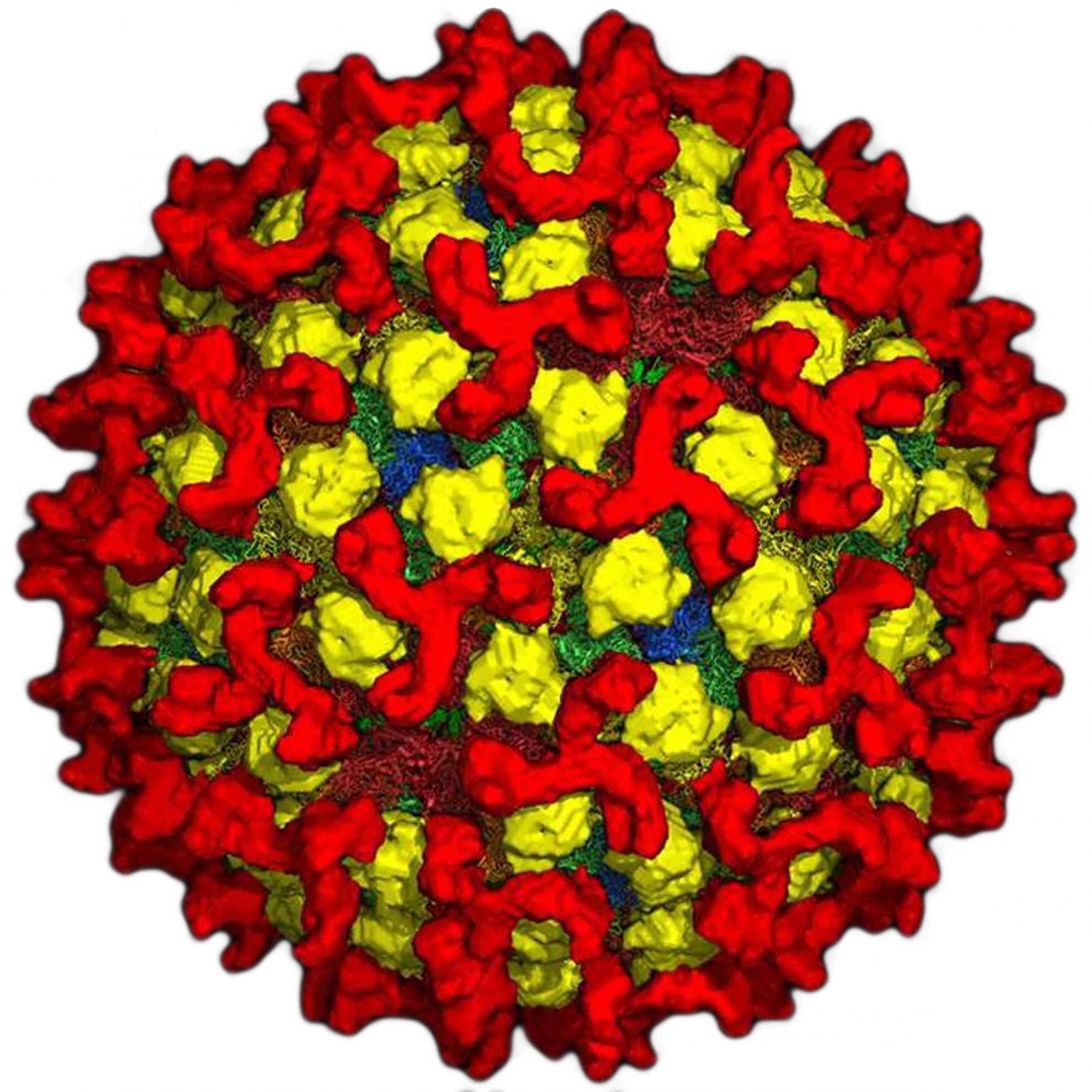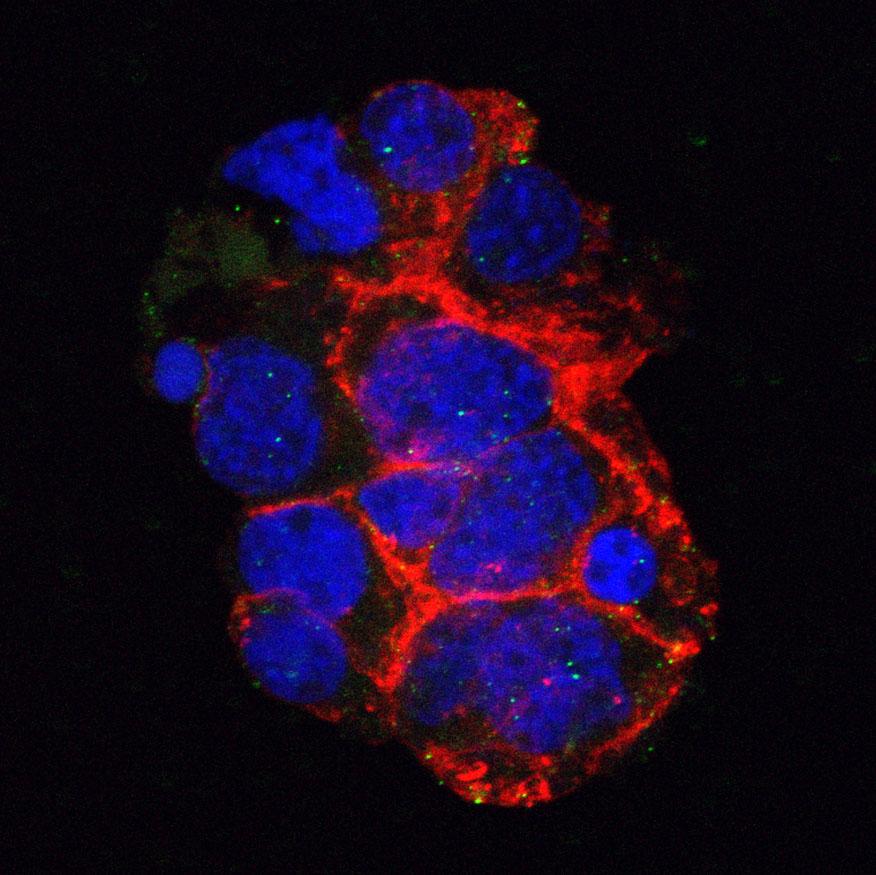Capripox disease in Ethiopia: Genetic differences between field isolates and vaccine strain, and implications for vaccination failure
Sheeppox virus (SPPV), goatpox virus (GTPV) and lumpy skin disease virus (LSDV) of the genus Capripoxvirus (CaPV) cause capripox disease in sheep, goats and cattle, respectively. These viruses are not strictly host-specific and their geographical distribution is complex. In Ethiopia, where sheep, goats and cattle are all affected, a live attenuated vaccine strain (KS1-O180) is used for immunization of both small ruminants and cattle. Although occurrences of the disease in vaccinated cattle are frequently reported, information on the circulating isolates and their relation to the vaccine strain in use are still missing. The present study addressed the parameters associated with vaccination failure in Ethiopia. Retrospective outbreak data were compiled and isolates collected from thirteen outbreaks in small ruminants and cattle at various geographical locations and years were analyzed and compared to the vaccine strain. Isolates of GTPV and LSDV genotypes were responsible for the capripox outbreaks in small ruminants and cattle, respectively, while SPPV was absent. Pathogenic isolates collected from vaccinated cattle were identical to those from the non-vaccinated ones. The vaccine strain, genetically distinct from the outbreak isolates, was not responsible for these outbreaks. This study shows capripox to be highly significant in Ethiopia due to low performance of the local vaccine and insufficient vaccination coverage. The development of new, more efficient vaccine strains, a GTPV strain for small ruminants and a LSDV for cattle, is needed to promote the acceptance by farmers, thus contribute to better control of CaPVs in Ethiopia.
Back to publications

